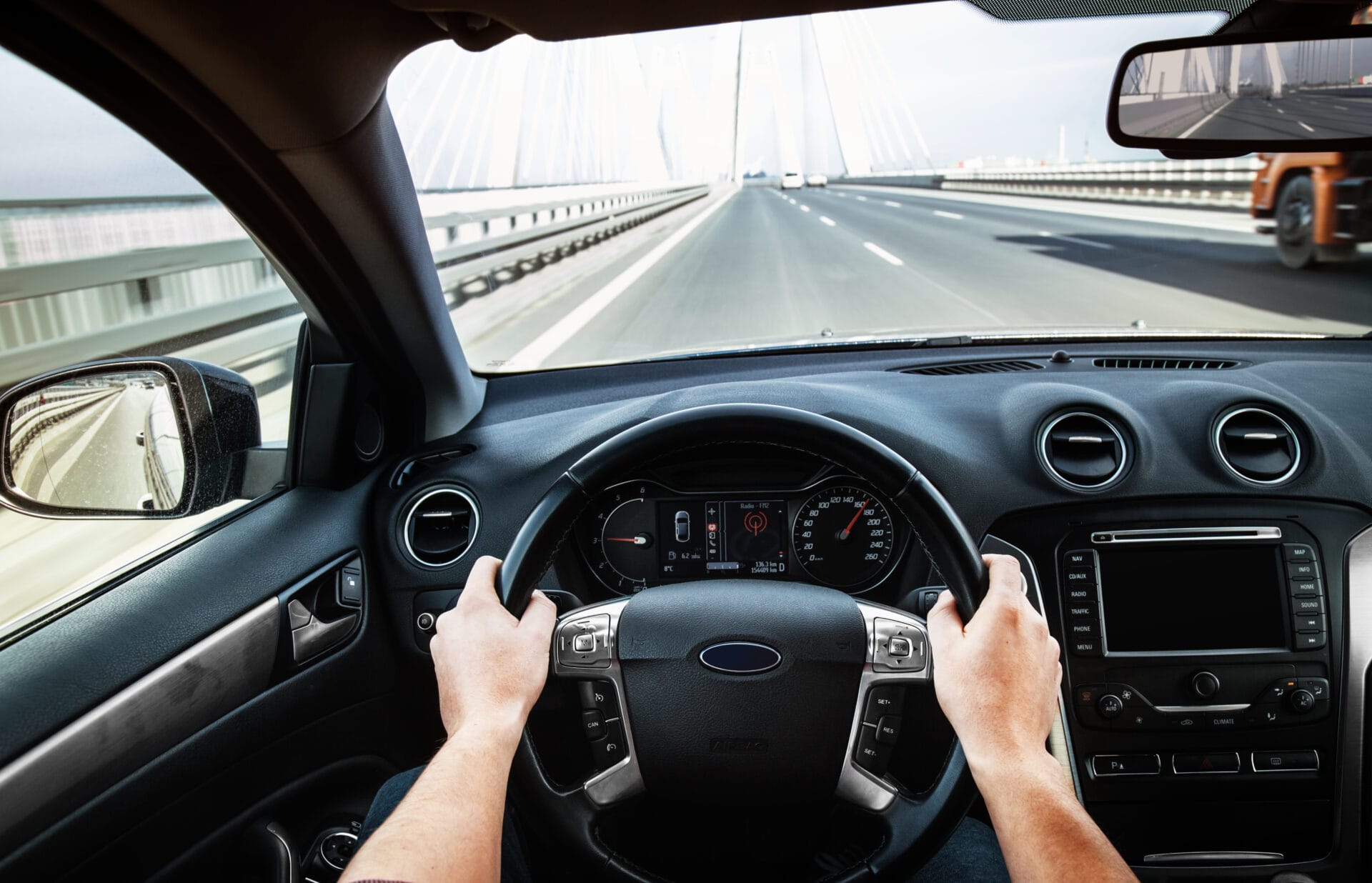EN


In a recent eBook guide we published on choosing the right eye tracking technology system for researchers, we included a guide on common industry terminology often used when discussing eye tracking systems.
– Gaze: A steady, intent look.
– Fixation: maintaining visual gaze on a single location for a period of time, typically within a bounded area.
– Saccade: Saccades are one of the ways human eyes track an object, and is characterized by rapid, jerky movement of the eye between fixation points. Saccades happen when you don’t have an object to track. The eye will track for a little bit and then the muscles of the eye jerk the eye from one position to the next. Imagine tracking the line between the wall and ceiling from one corner of the room to the next. Your eyes will not smoothly move across this line but will have jerky movements. The brain filters out the jerky nature so that it seems smooth when you do it, but it is not smooth when the eyes are observed.
– Smooth Pursuit: The other way for human eyes to track an object is through Smooth Pursuit movements, which occur when the eye has something to track. Imagine holding up your index finger and then moving your hand/arm from left-to-right (and vice versa) or tracking a moving vehicle or object. Your eyes will smoothly follow the object rather than jerking to the next location. This is a biological mechanism which helps humans track single objects very well.
Note that saccades and smooth pursuit eye movements are mutually exclusive (if you aren’t performing one, you are performing the other.) But they do work in synergy for visual tracking, as eye movements are typically a combination of saccades and smooth pursuits. If you shift from tracking a moving object to looking at a scene your eyes change the way they operate.
– Perceptual Span: Perceptual Span refers to the angular span (vertically and horizontally) within which the human eye has sharp enough vision to perform an action accurately (i.e., reading or face recognition).

